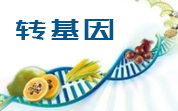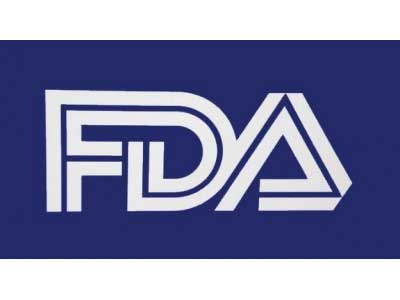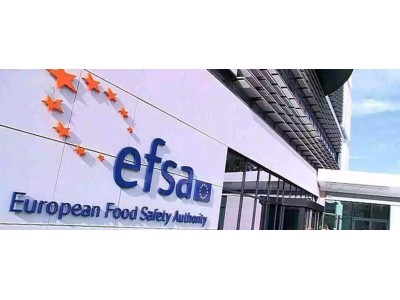欧盟专家组认为,聚乙二醇作为食品添加剂时, 3-9岁的儿童每日最高平均精确暴露量为3.5毫克/千克体重,老年人的暴露量最高为每天6.1毫克/千克体重,是不存在安全风险的,本次暴露风险评估基于2017年的数据。
部分原文如下:
The EFSA Panel on Food Additives and Nutrient Sources added to Food (ANS) provides a scientific opinion on the refined exposure assessment of polyethylene glycol (E 1521) when used as a food additive. Polyethylene glycols were evaluated by several international bodies and the AFC Panel previously adopted scientific opinions on the safety polyethylene glycol (E 1521).In 2006, the Panel concluded that based on all the data, consumption of PEG through use as plasticisers in film‐coating formulations for food supplement tablets and/or capsules at the intended use level are not of safety concern. In 2007, in another opinion of the AFC Panel related to d‐alpha‐tocopheryl polyethylene glycol 1000 succinate (TPGS) in use for food for particular nutritional purposes, the Panel noted that TPGS intakes would correspond to intake to PEG 1000 at levels equivalent to 3.3-8.5 mg/kg body wieght (bw) per day which are within the range of group acceptable daily intakes (ADIs) of the SCF (1997) and JECFA (1980).This assessment could only take into account the use of polyethylene glycol (E 1521) in food supplements and thus the food supplements consumers only scenario was performed. It resulted in exposure estimates of polyethylene glycol (E 1521) up to 3.5 mg/kg bw per day at the mean and up to 6.1 mg/kg bw per day at the high level. The current exposure assessment is based on the methodology used in the re‐evaluation of food additives together with reported use levels received following a call for data in 2017. Considering the uncertainties of the exposure assessment, these estimates very likely overestimated the real exposure to polyethylene glycol (E 1521). The Panel also noted that the highest calculated exposure estimate falls within the range of the group ADI previously established by SCF (5 mg/kg bw per day for PEG 300-4000) and of the one set by JECFA (10 mg/kg bw per day for PEG 200-10000).
本文由食品伙伴网食品资讯中心编辑,供网友参考,欢迎转载,转载请注明出处!有任何疑问,请联系news@www.sqrdapp.com。
本文由食品伙伴网食品资讯中心编辑,供网友参考,欢迎转载,转载请注明出处!有任何疑问,请联系news@www.sqrdapp.com。











 地区:
地区:






 鲁公网安备 37060202000128号
鲁公网安备 37060202000128号



